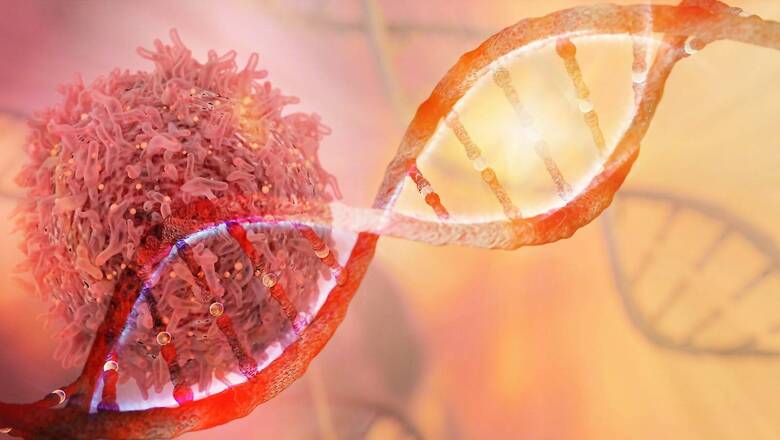
views
Stem cells are special human cells that are able to develop into many different cell types. This can range from muscle cells to brain cells. In some cases, they can also fix damaged tissues. Researchers believe that stem cell-based therapies may one day be used to treat serious illnesses, including some types of cancers. However, stem cells can also become the cause of cancer as well.
Cancer stem cells (CSCs) are a subpopulation of cells within a tumour that share some characteristics with normal stem cells. Like normal stem cells, CSCs have the ability to self-renew and differentiate into multiple cell types, which allows them to drive the growth and spread of the tumour. This means that CSCs are responsible for driving the growth and spread of the tumour, and are considered to be the root cause of cancer relapse and drug resistance. CSCs are thought to be resistant to conventional cancer treatments, such as chemotherapy and radiation therapy, due to their ability to self-renew and regenerate after treatment.
On the other hand, stem cells also have therapeutic potential in the treatment of cancer, as well.
Hematopoietic stem cells, the blood cell-forming adult stem cells found in bone marrow, are the only stem cells currently used for treating diseases. These cells are used in procedures such as bone marrow transplants to help cancer patients recover their ability to produce blood cells after their own hematopoietic stem cells have been destroyed by radiation therapy and chemotherapy.
Various types of stem cell transplants are used in cancer treatment. The process involves administering high doses of chemotherapy and sometimes radiation to eliminate cancer cells, but these high doses can also destroy a patient’s stem cells and temporarily halt blood cell production. To restore blood cell production, healthy stem cells are transplanted to replace the destroyed cells. This allows for higher doses of chemotherapy to target cancer cells, and the transplanted stem cells can grow into mature blood cells that function normally and are free from cancer.
In some cases, stem cell transplants from a donor can also help eliminate cancer cells more effectively than a patient’s immune cells. These donated cells can locate and destroy cancer cells.
Read all the Latest Lifestyle News here




















Comments
0 comment